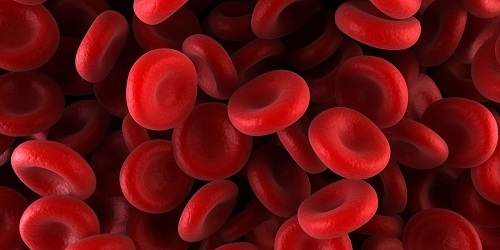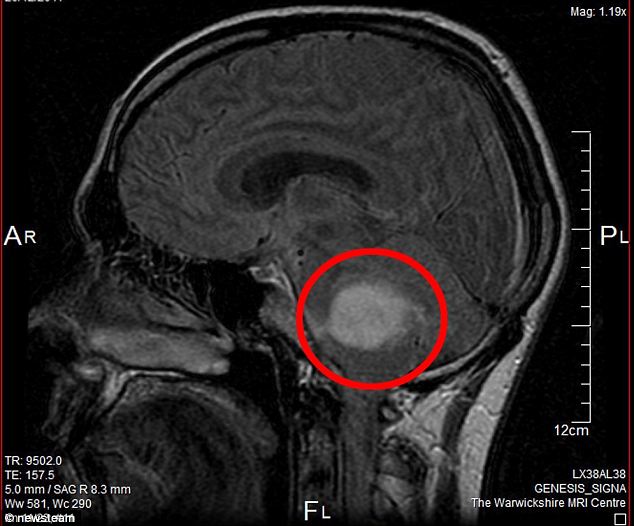A new medical imager with the potential to spot ultra small breast tumors have been developed by the research teams of the West Virginia University School of Medicine and the Maryland School of Medicine. The imager is adept in not only detecting tumors but also in guiding the biopsy of suspicious-looking breast cancer lesions. The PEM/PET system has been designed and constructed by scientists at the Department of Energy’s Thomas Jefferson National Accelerator Facility, West Virginia University School of Medicine and the University of Maryland School of Medicine. “This is the most-important and most-difficult imager we’ve developed so far. It is another example of nuclear physics detector technology that we have put a lot of time and effort into adapting for the common good,” Stan Majewski, Jefferson Lab Radiation Detector and Medical Imaging Group leader said. Ray Raylman, a professor of radiology and vice chair of Radiology Research at WVU and lead author on the study, tested the new imager. The researchers imaged various radioactive sources to test the resolution of the system. “We had good performance characteristics, with image resolution below two millimetres. In regular PET, the image resolution is over five millimetres, so we’re quite a bit better than that,” Raylman said. Also, the initial tests showed that the PEM/PET system could complete an image and biopsy in about the same amount of time as a traditional biopsy. “The ability of the device to do biopsy is probably one of its most unique characteristics. There are other breast imagers, but none that are built specifically to do biopsy as well as imaging,” Raylman said. The PEM/PET system has components designed for imaging the unique contours of the breast. Known as positron emission mammography (PEM), this imaging capability enables users to attain high-resolution, three-dimensional PET images of the breast. The system images the breast with a movable array of two pairs of two flat detection heads. If a suspected lesion is discovered, a single pair of heads is then used to guide a needle biopsy of the lesion; the biopsy is performed with a person-controlled robot arm. The system is especially useful in imaging tumours in women who have indeterminate mammograms because of dense or fibroglandular breasts.

Be a part of Elets Collaborative Initiatives. Join Us for Upcoming Events and explore business opportunities. Like us on Facebook , connect with us on LinkedIn and follow us on Twitter , Instagram.












